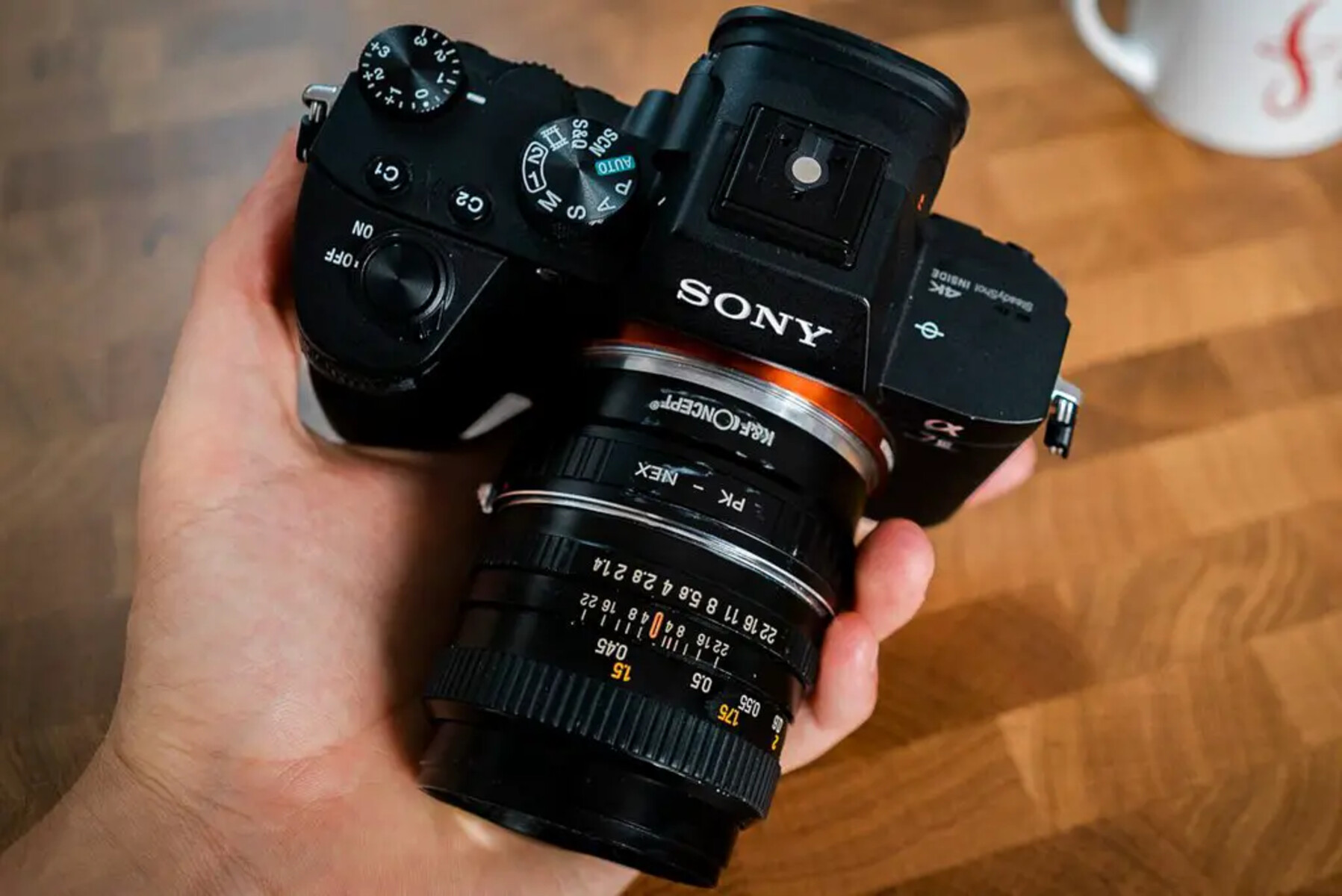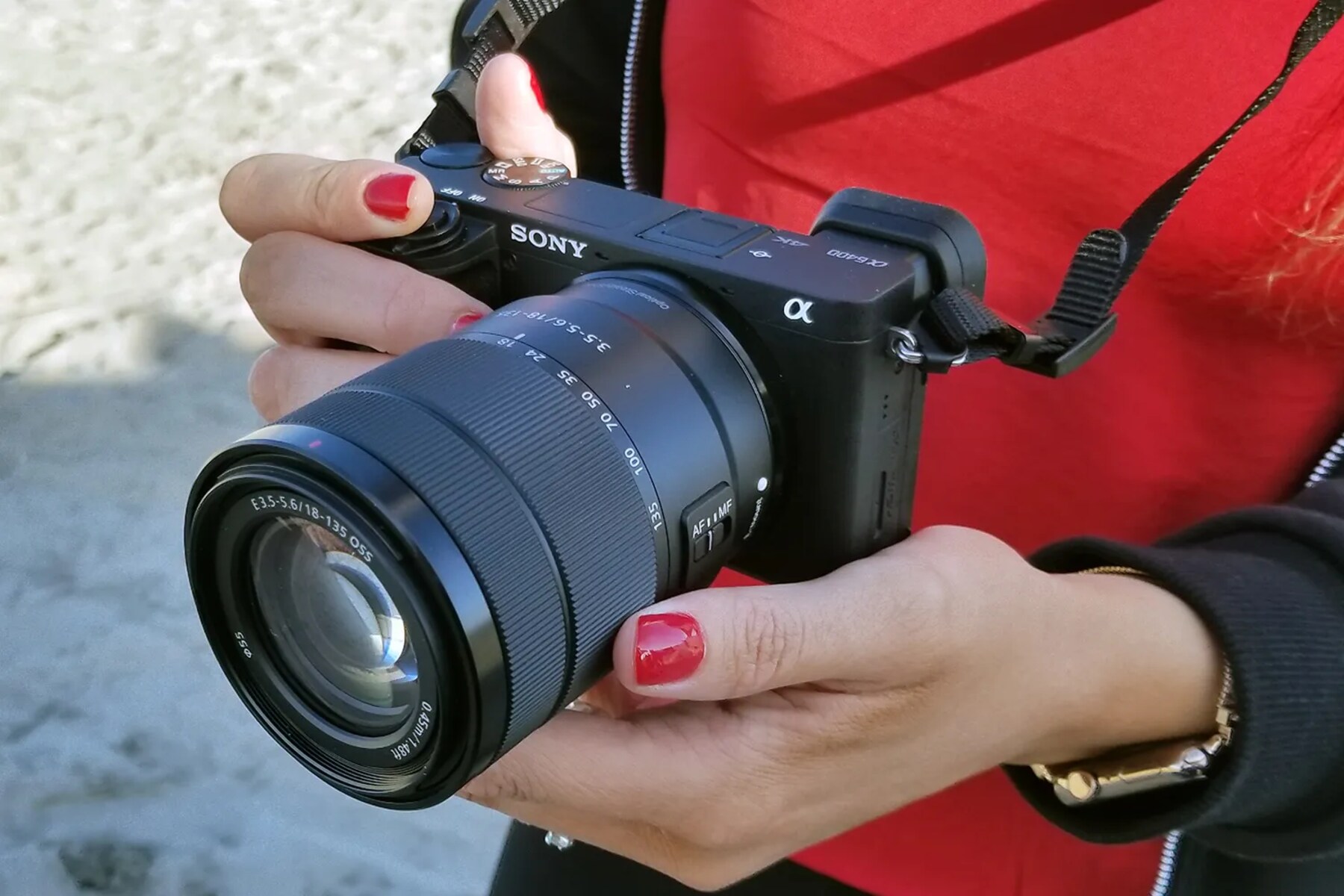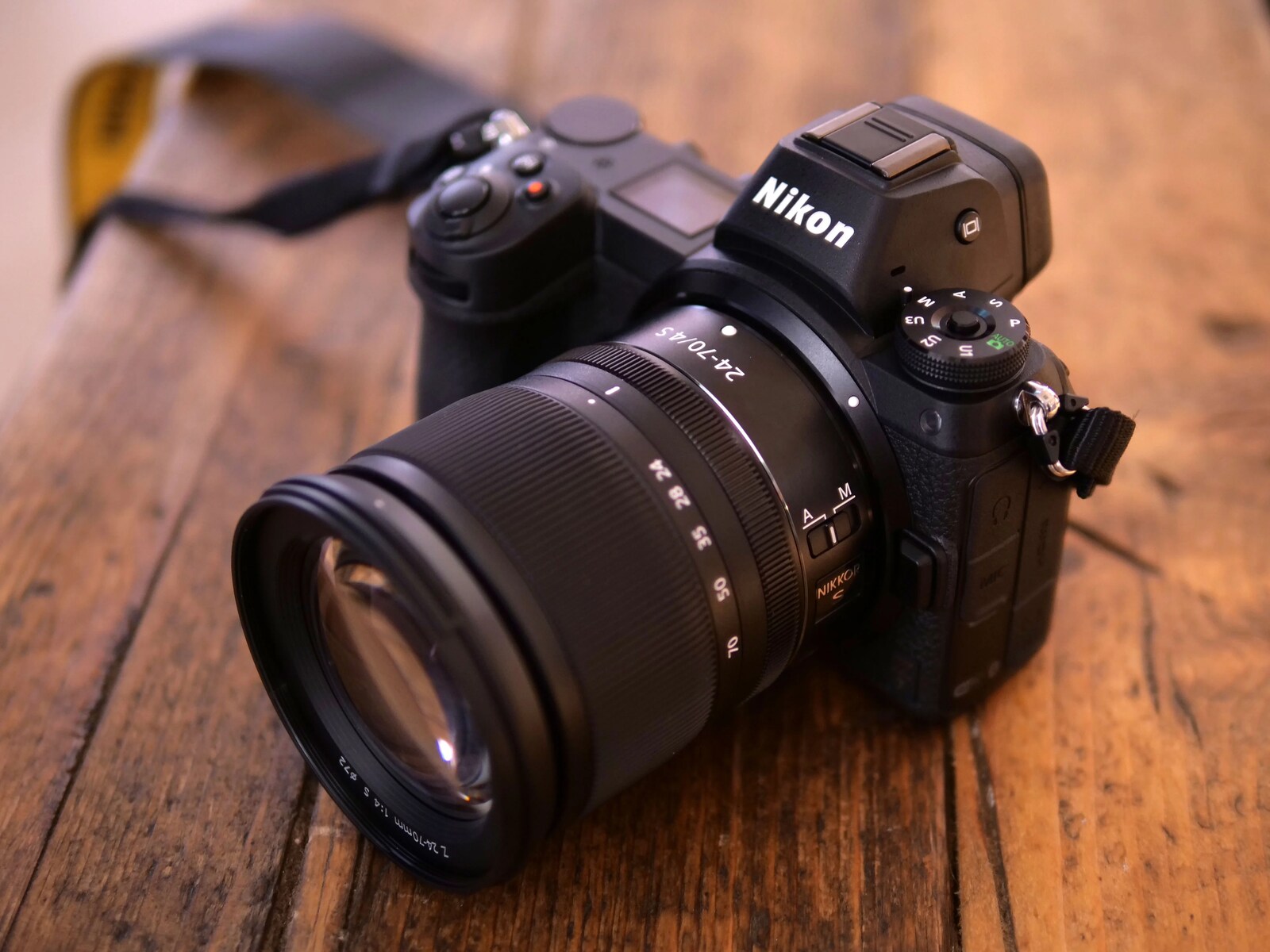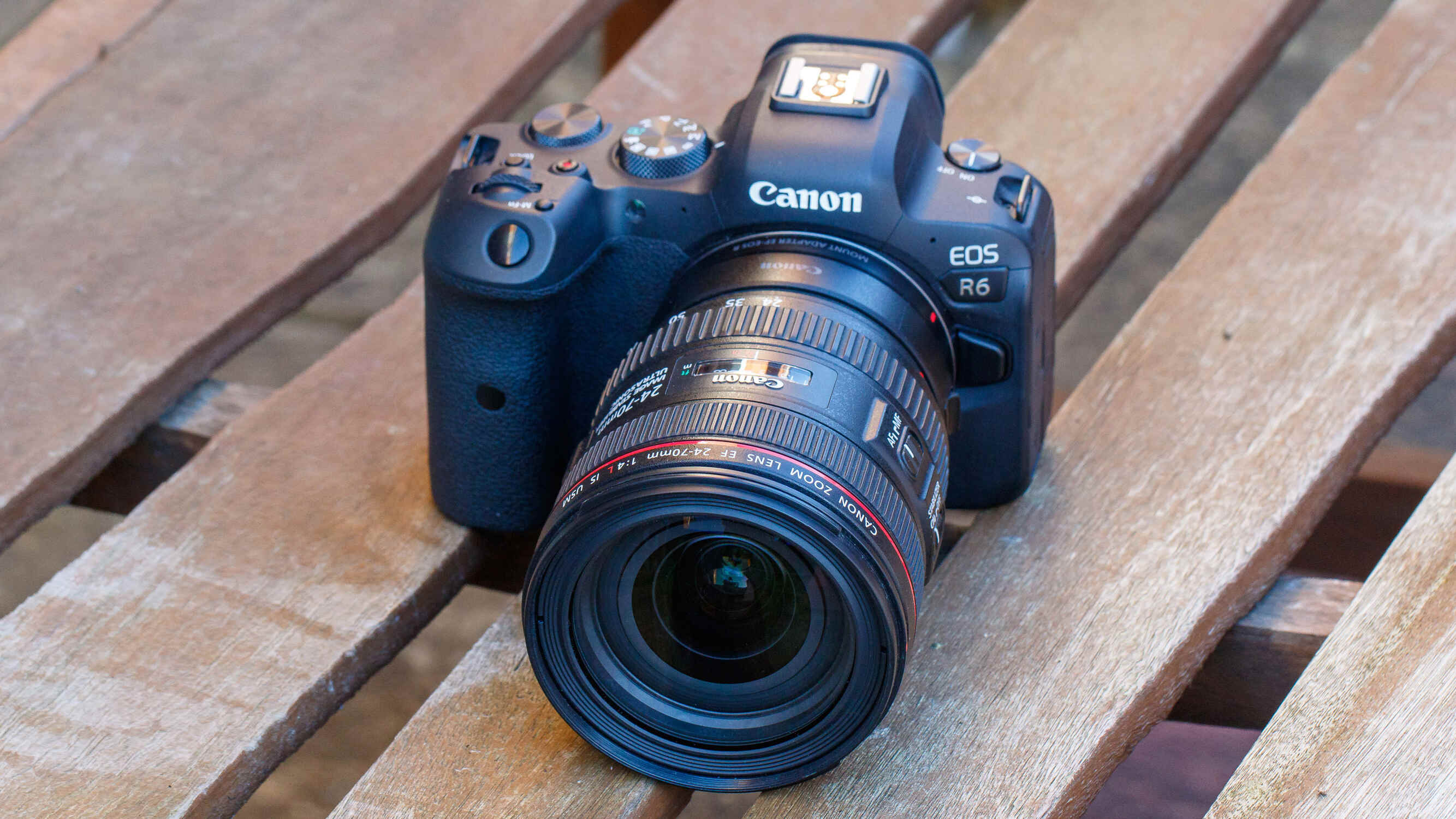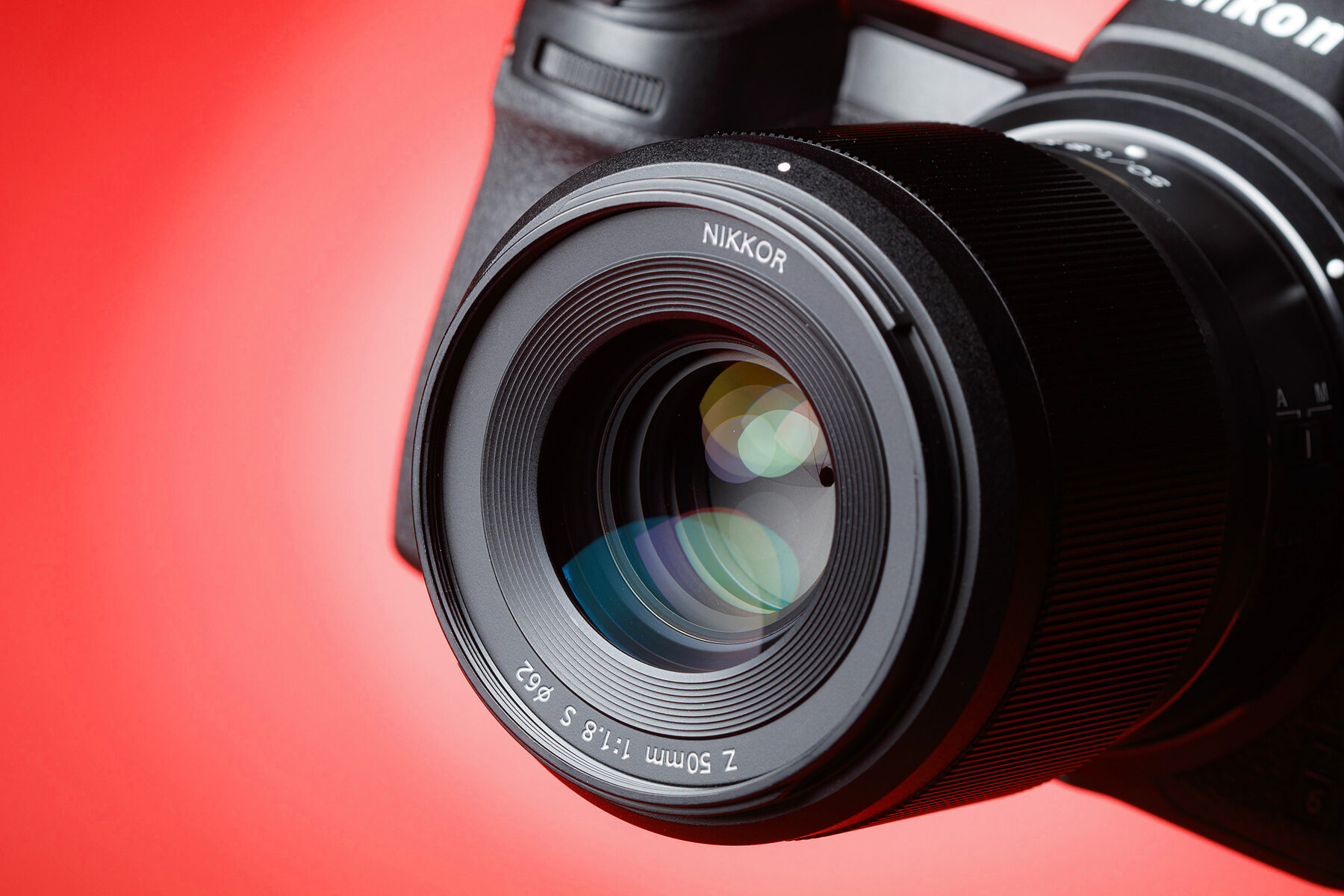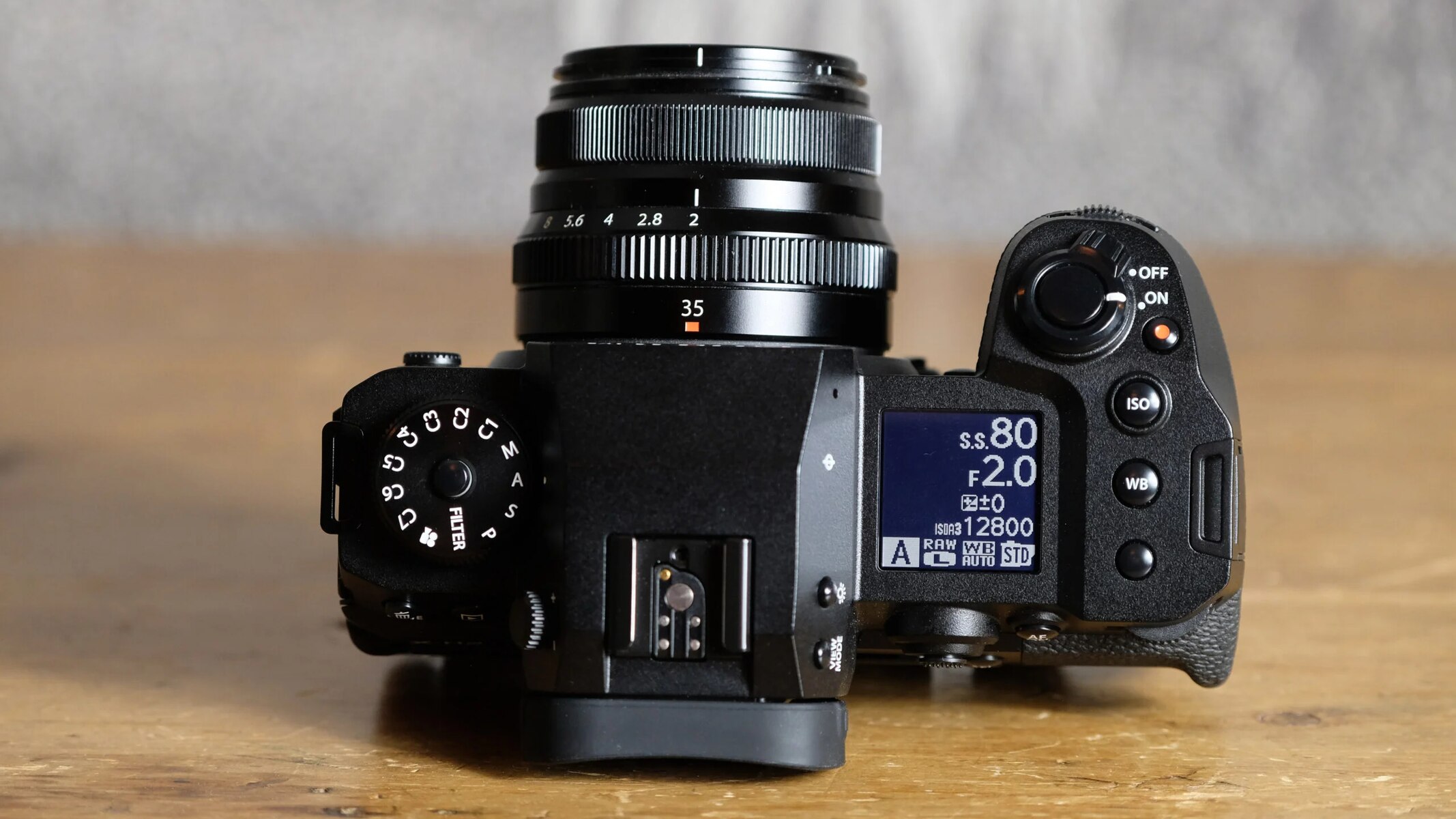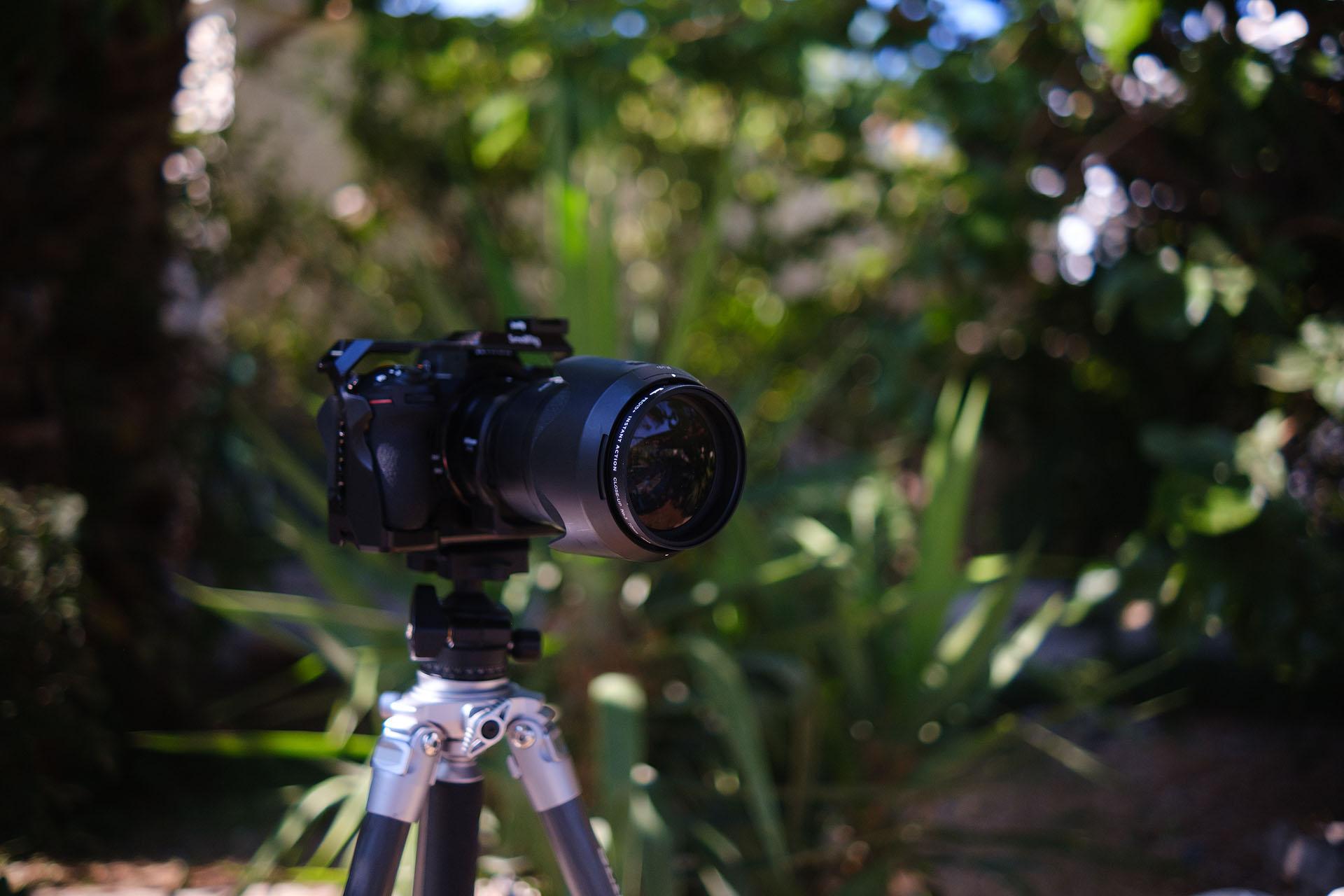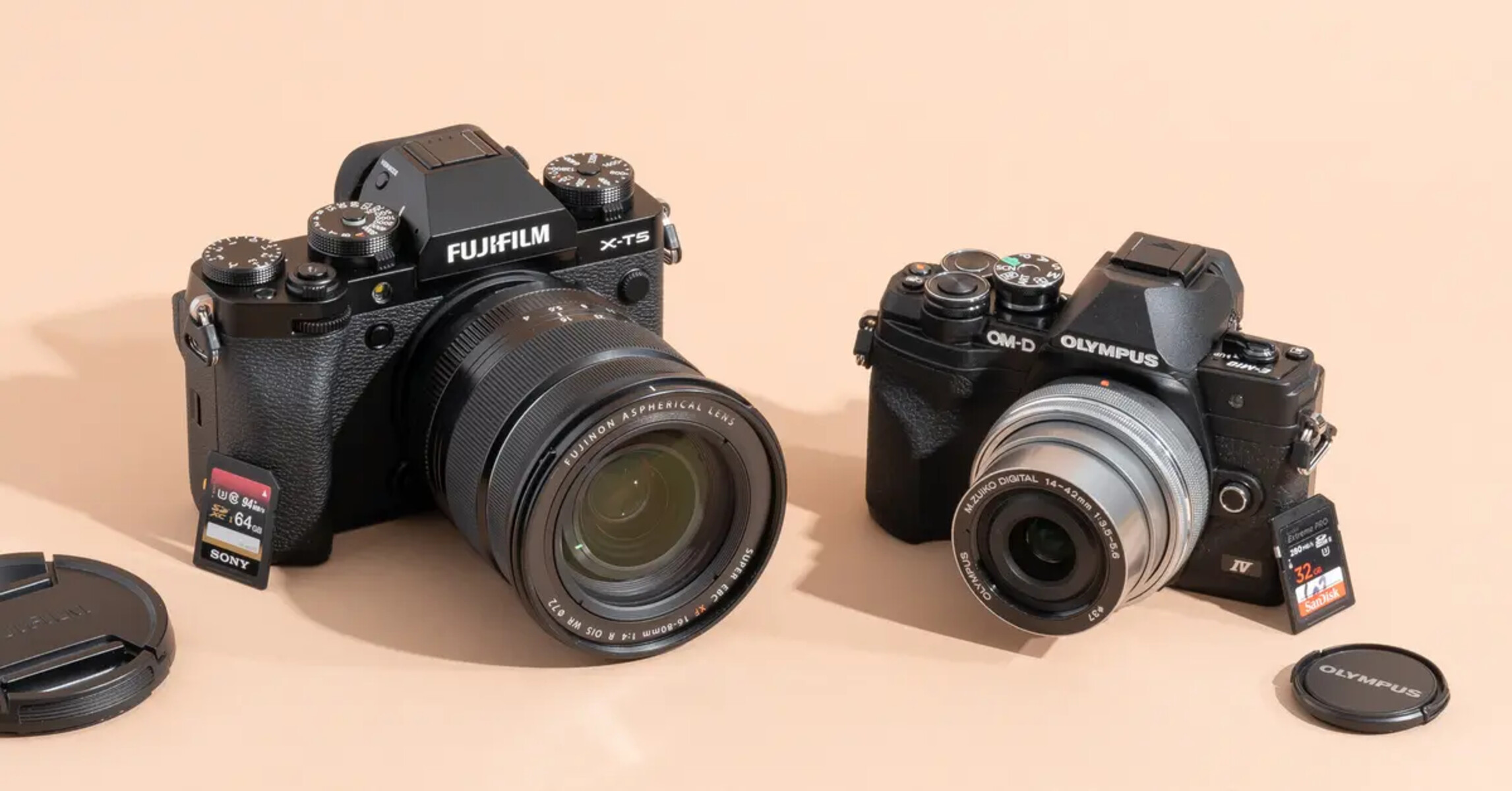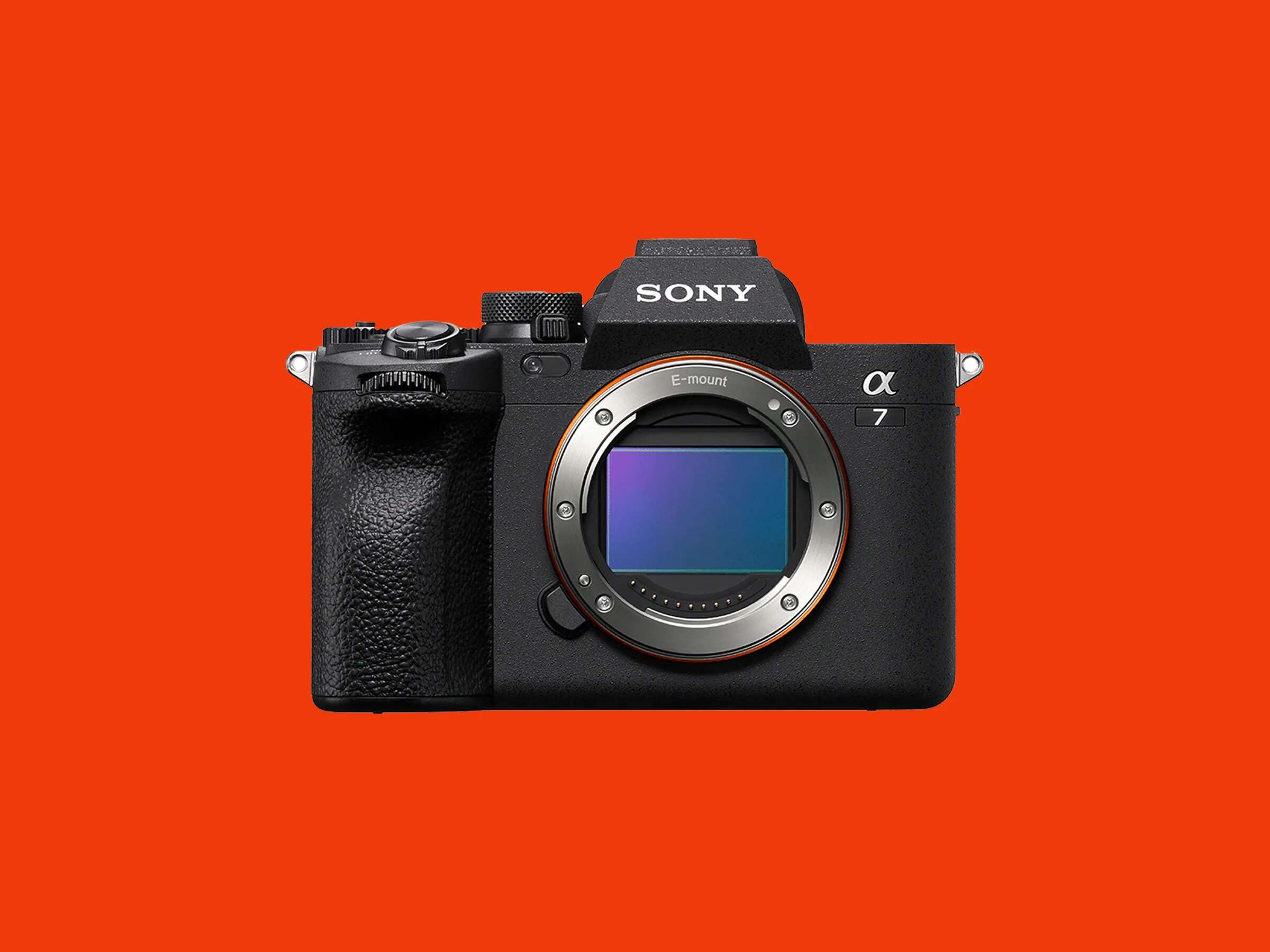Introduction
Choosing the right camera for your photography needs can be a daunting task, especially when you're considering using legacy lenses with a modern camera body. Sony's mirrorless cameras have gained widespread acclaim for their versatility and compatibility with a wide range of lenses, including legacy ones. This article aims to explore the best Sony mirrorless camera options for photographers looking to leverage the unique characteristics of legacy lenses. Whether you're a seasoned professional or an enthusiastic hobbyist, understanding the intricacies of using legacy lenses with Sony mirrorless cameras is crucial for achieving exceptional results.
The allure of legacy lenses lies in their distinct optical characteristics, which can add a unique touch to your photographic endeavors. By pairing these lenses with Sony's advanced mirrorless camera systems, photographers can unlock a world of creative possibilities. However, this endeavor requires careful consideration of various factors, including compatibility, focal length adjustments, and manual focusing techniques. In the subsequent sections, we'll delve into the nuances of legacy lens usage with Sony mirrorless cameras, and identify the best models that cater to the specific needs of legacy lens enthusiasts. Whether you're drawn to the dreamy bokeh of vintage prime lenses or the timeless rendering of classic zoom optics, understanding the synergy between legacy lenses and Sony mirrorless cameras is essential for achieving stunning imagery.
Understanding Legacy Lenses
Legacy lenses, often referred to as vintage or manual lenses, encompass a wide array of optics that were designed for film cameras before the digital era. These lenses possess distinct optical characteristics that have captivated photographers for decades. The allure of legacy lenses lies in their unique rendering, which can imbue images with a timeless aesthetic that is often sought after in modern photography.
One of the defining features of legacy lenses is their manual focus mechanism. Unlike modern autofocus lenses, legacy lenses require photographers to manually adjust the focus ring to achieve sharpness. This tactile approach to focusing fosters a deeper connection between the photographer and the photographic process, allowing for precise control over the point of focus. Additionally, many legacy lenses feature aperture rings that enable direct control over the lens's aperture, providing a hands-on experience that is cherished by enthusiasts.
Another characteristic of legacy lenses is their optical imperfections, which can contribute to the unique look and feel of the images they produce. Vintage lenses are known for their distinctive bokeh, rendering of colors, and characteristic flares, all of which contribute to the artistic appeal of these optics. These imperfections are often embraced by photographers seeking to infuse their work with a sense of nostalgia and artistry.
When using legacy lenses, it is essential to understand the concept of focal length adaptation. Due to the difference in sensor sizes between film and digital cameras, the effective focal length of a legacy lens may vary when mounted on a digital camera. For instance, a 50mm legacy lens mounted on a Sony mirrorless camera with a crop sensor will have a different field of view compared to its original intended focal length on a 35mm film camera. Understanding this adaptation is crucial for composing images and predicting the visual impact of legacy lenses on digital sensors.
Overall, legacy lenses offer a compelling blend of craftsmanship, character, and optical charm that continues to inspire photographers worldwide. Their timeless appeal and unique rendering make them a coveted choice for photographers seeking to imbue their work with a distinct visual signature.
Factors to Consider When Using Legacy Lenses with Sony Mirrorless Cameras
When integrating legacy lenses with Sony mirrorless cameras, several crucial factors come into play, influencing the overall shooting experience and image quality. Understanding these considerations is essential for harnessing the full potential of legacy lenses on modern camera bodies.
- Mount Compatibility: One of the primary considerations when using legacy lenses with Sony mirrorless cameras is ensuring mount compatibility. While Sony mirrorless cameras feature a versatile E-mount, adapters may be required to attach legacy lenses with different mounts. It’s imperative to select high-quality adapters that provide a secure connection and maintain the lens’s optical alignment.
- Focal Length Adaptation: As mentioned earlier, the concept of focal length adaptation is crucial when using legacy lenses on digital cameras. Understanding how the effective focal length changes based on the camera’s sensor size is essential for composing shots and predicting the resulting field of view.
- Manual Focusing Techniques: Legacy lenses rely on manual focusing, necessitating a proficient understanding of precise focusing techniques. Sony mirrorless cameras offer various focus assist tools, such as focus peaking and magnification, to aid in achieving accurate focus when using legacy lenses.
- Aperture Control: With many legacy lenses featuring manual aperture rings, photographers must familiarize themselves with adjusting the aperture directly on the lens. This tactile control over aperture settings adds a hands-on dimension to the shooting process, allowing for creative exploration of depth of field and exposure control.
- Image Stabilization: Sony mirrorless cameras often incorporate advanced in-body image stabilization (IBIS) systems. When using legacy lenses without built-in stabilization, leveraging the camera’s IBIS can significantly enhance the stability of handheld shots, particularly at lower shutter speeds.
- Optical Character and Rendering: Understanding the unique optical characteristics of legacy lenses is paramount for leveraging their distinct rendering. Whether it’s the vintage bokeh, characteristic flares, or color rendition, embracing these optical traits can add a timeless allure to your imagery.
By carefully considering these factors and embracing the inherent charm of legacy lenses, photographers can seamlessly integrate these vintage optics into their creative workflow, unlocking a world of artistic expression and visual storytelling.
Best Sony Mirrorless Cameras for Use with Legacy Lenses
When it comes to selecting a Sony mirrorless camera for use with legacy lenses, several models stand out for their compatibility, versatility, and adaptability to vintage optics. These cameras not only provide a seamless platform for integrating legacy lenses but also offer a host of features that enhance the overall shooting experience.
- Sony Alpha a7 III: Renowned for its full-frame sensor and advanced autofocus capabilities, the Sony Alpha a7 III is a popular choice among photographers utilizing legacy lenses. Its 24.2-megapixel sensor delivers exceptional image quality, while the 5-axis in-body image stabilization (IBIS) ensures steady shots when using non-stabilized legacy lenses.
- Sony Alpha a7 II: The predecessor to the a7 III, the Sony Alpha a7 II remains a compelling option for photographers seeking a full-frame mirrorless camera with in-body image stabilization. Its robust build, high-resolution electronic viewfinder, and compatibility with a wide range of legacy lenses make it an attractive choice for vintage lens enthusiasts.
- Sony Alpha a6000 Series: The a6000 series, including models like the a6000, a6100, a6300, and a6500, offers a range of APS-C sensor mirrorless cameras known for their compact size and impressive autofocus performance. These cameras are well-suited for adapting legacy lenses, providing a lightweight and portable platform for vintage lens enthusiasts.
- Sony Alpha a9: For photographers seeking unparalleled speed and responsiveness, the Sony Alpha a9 stands out as a top-of-the-line choice. Its advanced autofocus system, blackout-free shooting, and remarkable continuous shooting capabilities make it an ideal companion for adapting legacy lenses in various shooting scenarios.
- Sony Alpha a7R IV: With its high-resolution 61-megapixel sensor and robust weather-sealed construction, the Sony Alpha a7R IV offers exceptional image quality and detail, making it an excellent match for capturing the nuances of vintage lenses. Its expansive dynamic range and precise manual focusing aids provide a conducive environment for legacy lens usage.
These Sony mirrorless cameras cater to the diverse needs of photographers who appreciate the artistry and craftsmanship of legacy lenses. Whether you prefer the full-frame prowess of the a7 series, the compact agility of the a6000 series, or the professional-grade performance of the a9, Sony’s mirrorless lineup offers a compelling array of options for seamlessly integrating and exploring the creative potential of legacy lenses.
Conclusion
Exploring the realm of legacy lenses in conjunction with Sony mirrorless cameras unveils a captivating fusion of timeless craftsmanship and modern imaging technology. The allure of vintage optics lies not only in their distinct optical characteristics but also in the immersive and tactile photographic experience they offer. Pairing these lenses with Sony’s innovative mirrorless cameras opens up a world of creative possibilities, allowing photographers to infuse their imagery with a nostalgic charm and artistic allure.
Understanding the nuances of using legacy lenses with Sony mirrorless cameras is essential for harnessing their full potential. From mount compatibility and focal length adaptation to manual focusing techniques and embracing the unique optical traits of vintage lenses, photographers embarking on this journey are poised to unlock a realm of artistic expression and visual storytelling.
As evidenced by the diverse range of Sony mirrorless cameras tailored to accommodate legacy lenses, photographers have a wealth of options at their disposal. Whether it’s the full-frame prowess of the Alpha a7 series, the compact agility of the a6000 series, or the professional-grade performance of the Alpha a9, Sony’s mirrorless lineup caters to the specific needs and preferences of photographers seeking to integrate legacy lenses into their creative workflow.
Ultimately, the synergy between legacy lenses and Sony mirrorless cameras exemplifies the harmonious coexistence of tradition and innovation in the realm of photography. Embracing the character, charm, and optical allure of vintage lenses within the framework of cutting-edge imaging technology enables photographers to craft imagery that transcends temporal boundaries, resonating with a timeless appeal that captivates viewers and storytellers alike.







